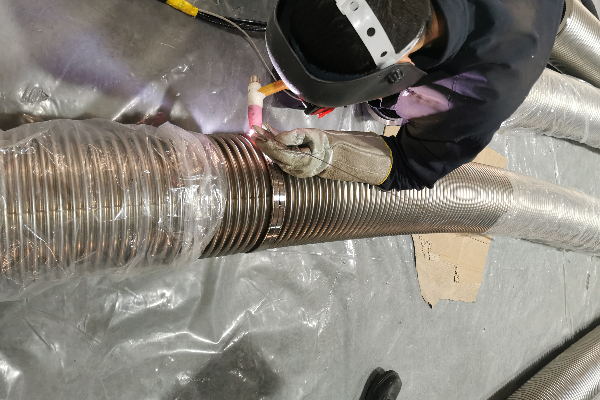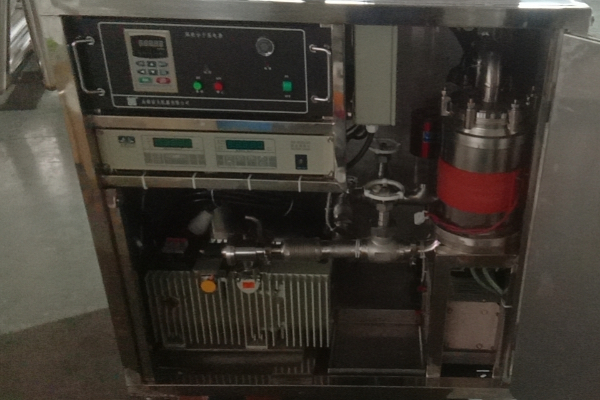HL Cryogenics leads the way in building advanced cryogenic systems—think vacuum insulated pipes, vacuum insulated flexible hoses, dynamic vacuum pump systems, valves, and phase separators. You’ll find our technology everywhere from aerospace labs to massive LNG terminals. The real secret to making these systems last? It’s all about keeping the vacuum inside those pipes rock-solid. That’s how you cut down on heat leaks and make sure cryogenic fluids move safely and efficiently. Right at the heart of this setup, Dynamic Vacuum Pump Systems keep everything in check. They constantly pull out any stray gases or moisture that sneak in, which is key for keeping the vacuum strong and the system running smoothly year after year.
Vacuum insulation isn’t just a feature for us—it’s the backbone of everything we design. Whether it’s a rigid pipe or a flexible hose, every vacuum insulated piping system needs a pristine vacuum layer between the inner and outer walls to stop heat from creeping in. Even a small drop in vacuum quality can send boil-off rates soaring in liquid nitrogen lines or LNG pipes. That’s where our Dynamic Vacuum Pump Systems really prove their worth. They work nonstop to clear out anything that could mess with the vacuum, locking in thermal performance and protecting the insulation from early wear and tear. Thanks to this, the whole piping setup lasts longer and works better.
We put a lot of thought into engineering these pump systems. HL Cryogenics brings together top-tier vacuum pumps and smart monitoring tools to keep vacuum levels exactly where they need to be, no matter what’s happening outside. Our pumps are built to handle the outgassing you get from stainless steel and multilayer insulation materials—no surprises there. They’re also fully compatible with our valves and phase separators, so the entire network stays in sync and keeps the vacuum steady everywhere. This seamless setup means you get efficient, reliable gas distribution with less wasted energy and better protection for whatever you’re moving.


Reliability matters, especially when you’re dealing with high-stakes cryogenic applications. Our Dynamic Vacuum Pump Systems run around the clock, backed by automatic controls and alarms that catch any hiccups in vacuum pressure before they turn into bigger issues. This keeps thermal leaks at bay, which is crucial whether you’re managing liquid nitrogen in a chip fab or liquid oxygen in a rocket facility. The result? Fewer boil-off losses, steady transfer pressures, and smooth, uninterrupted operation for end users. We also make maintenance a breeze—modular pumps and easy-access service points mean your tech crew can make quick fixes without shutting the whole system down.
Safety’s always front and center for us. By linking our pumps with vacuum insulated valves and phase separators, our piping systems meet strict international safety standards for pressure, vacuum integrity, and insulation. That means LNG terminals, research labs, and other high-risk sites get the protection they need, guarding both people and equipment from leaks or sudden temperature swings.
You see the real impact of our systems out in the field. In medical labs or biopharma plants, steady liquid nitrogen storage is everything for sample preservation. Our cryogenic piping setups, backed by active pumping, keep temperatures rock-steady so samples last longer. In semiconductor manufacturing, where ultra-cold gases power wafer processing, reliable cryogenic delivery means more uptime and higher throughput. With aerospace work, dependable vacuum insulated lines for liquid oxygen are non-negotiable—our systems keep them stable even in tough environments. Over at LNG terminals, our technology means safer, more efficient transport and storage, with less energy loss and more reliable high-volume delivery.
Every project is a little different. That’s why HL Cryogenics fine-tunes each Dynamic Vacuum Pump System to match the exact specs of your cryogenic piping network—whether it’s a sprawling pipe maze or a setup with lots of branches.


Post time: Nov-07-2025






